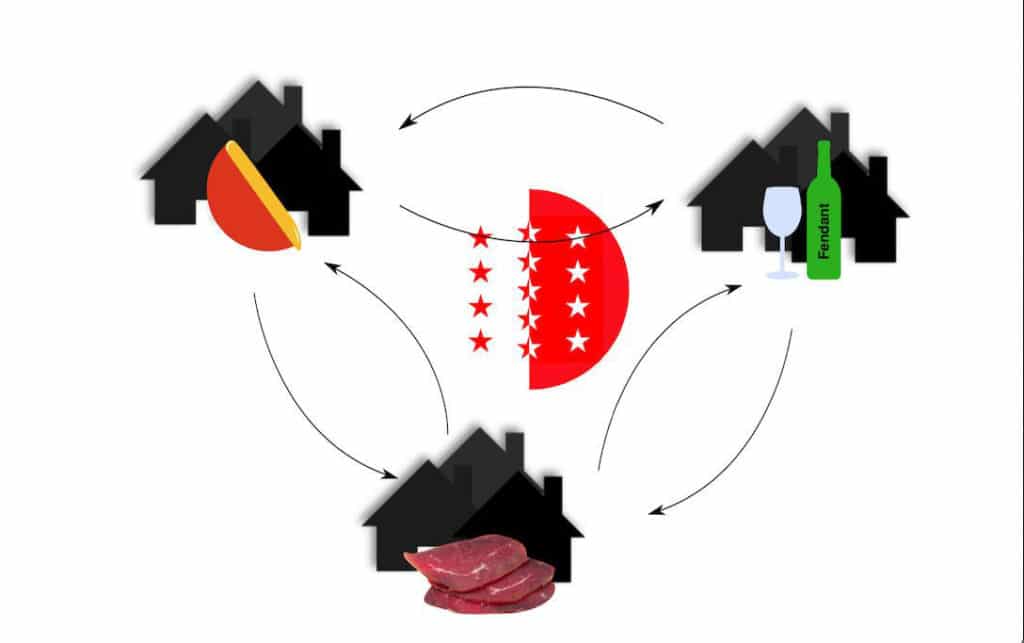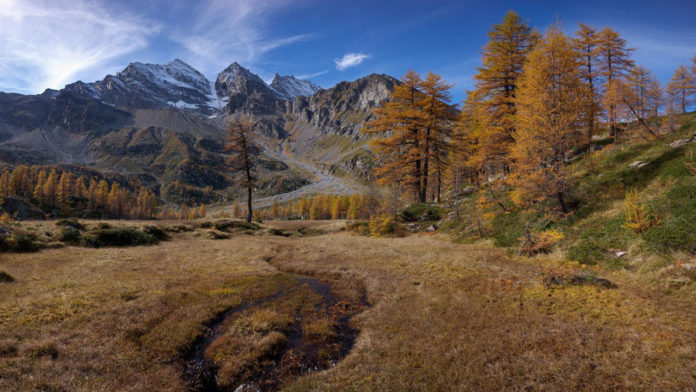Understanding risks to biodiversity requires predictions of the spatial distribution of species adapting to changing ecosystems, and, to that end, Earth observations integrating field surveys prove essential as they provide vital numbers for assessing landscape-wide biodiversity scenarios.
The presence of ground beetles in Italy’s Gran Paradiso National Park indicates a healthy ecosystem and is appreciated for pest control in agriculture. Technically known as carabids, these critters are sensitive to environmental change, so the number of species that one can observe in an ecosystem shows how healthy habitat is in terms of pollution or diversity of the ecosystem.
To predict the dynamics of ground beetle populations, EPFL scientists, in collaboration with the European project Ecopotential have developed a tool that incorporates satellite and other remote sensing data.
Andrea Rinaldo, who leads the Laboratory of Ecohydrology said, “The main result of this work, which I deem important, is to suggest that an integrated ecohydrological framework blending field evidence, both theoretical and remotely acquired, has contributed substantially to our understanding of key indicators of ecological well-being, carabid beetles, in complex environments like iconic mountains.”

Carabids are classified by scientists to exist in metapopulations, for example, spatially populations populaces of the same species that need to interact at some level to survive. Different instances of metapopulations include butterflies or fish.
To precisely replicate the field data, the model consists of advanced environmental data from satellites, plane observations, and LIDAR scanning to include parameters like temperature, solar radiation, forest mapping, vegetation, and humidity.
During the study, scientists focused on the Carabus depressus and Pterostichus flavofemoratus carabid species out of an estimated 90 species so far observed in the Italian Park.
Jonathan Giezendanner, the first author of the study, said, “The advantage of integrating the dynamics of the species, such as the metapopulation, is that we don’t infer the presence of the species based on environmental drivers alone, but also interactions between local populations.”
“This means that the species can survive in parts of the landscape, although the environmental drivers wouldn’t necessarily permit it. This is useful for understanding the lags between environmental change and species behavior.”
Knowing the carabid population dynamics and how it evolves could potentially help park rangers in their management of the Gran Paradiso Park. The model could be used to predict future dynamics of the carabid species more generally, or any species that exhibit metapopulation behavior.
Journal Reference:
- Jonathan Giezendanner et al., Earth and field observations underpin metapopulation dynamics in complex landscapes: Near-term study on carabids. DOI: 10.1073/pnas.1919580117
